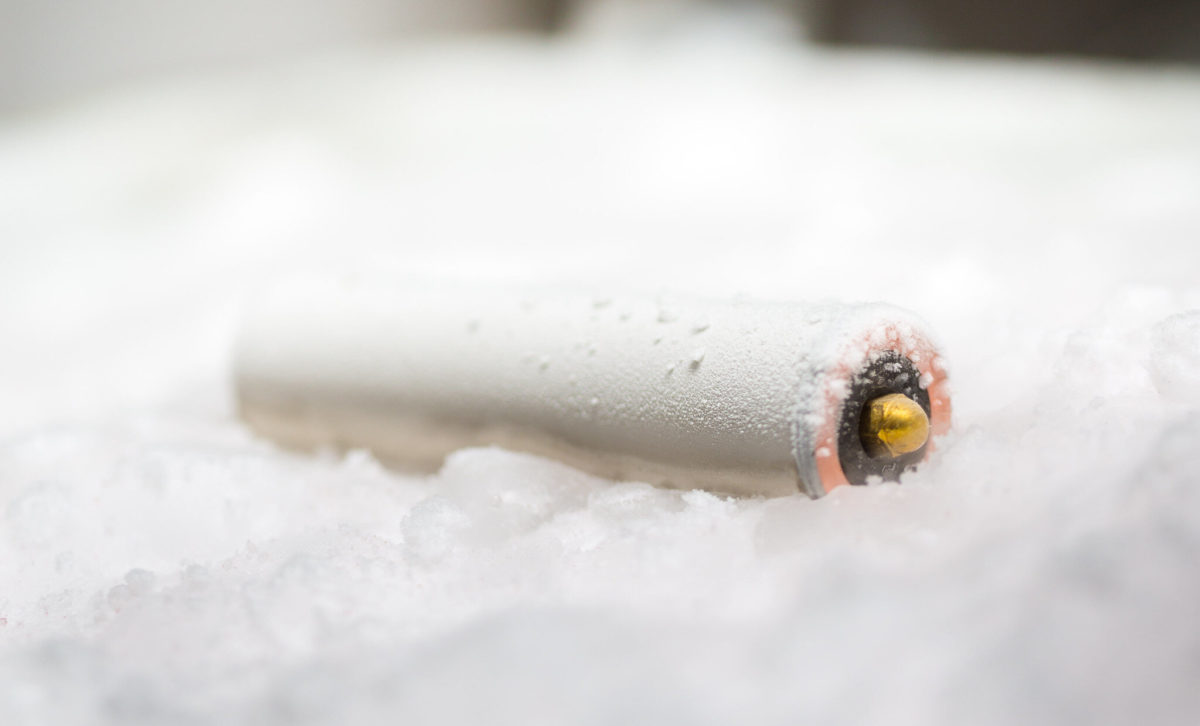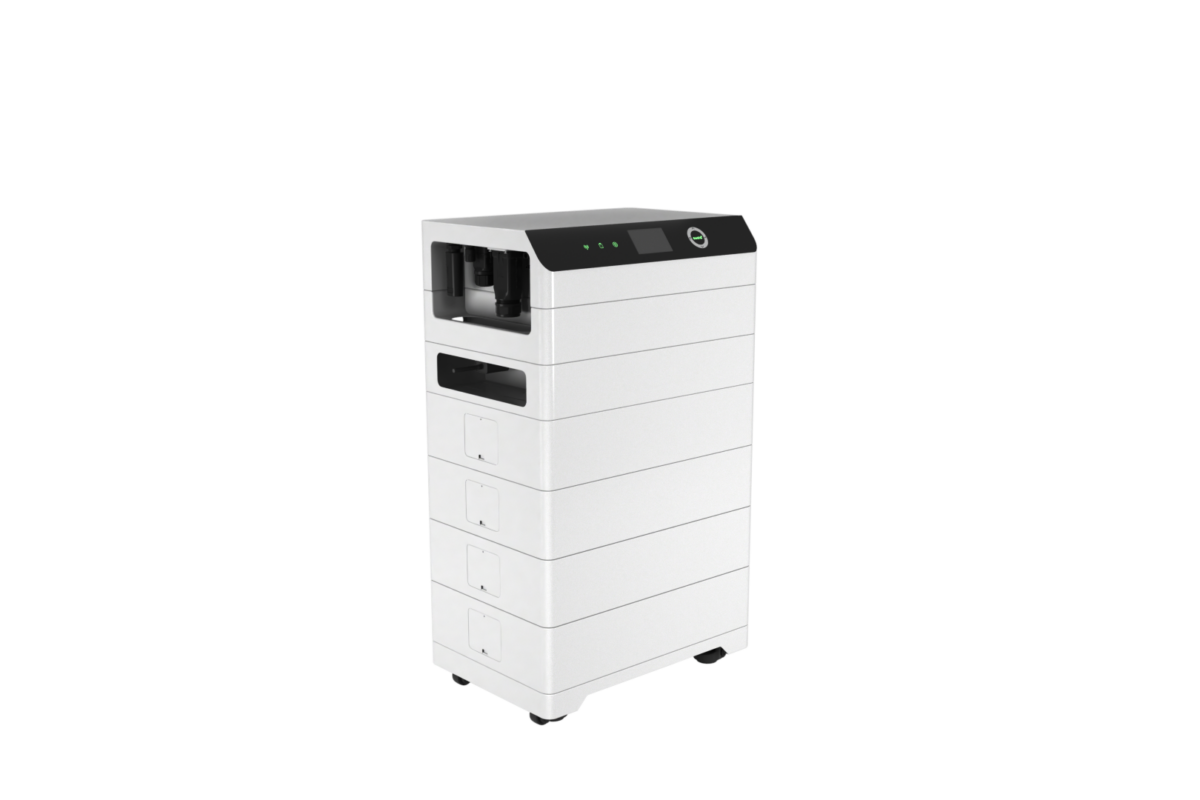Scientists at the University of California, San Diego have developed an electrolyte they say is compatible with lithium metal anodes, allowing for much greater energy density than current Li-ion battery designs. The new battery has also been shown to function well at temperatures as low as -60 degrees Celsius.
The key innovation is a liquefied gas electrolyte (LGE). Current commercial lithium-ion batteries all use liquid electrolytes, and most researchers are looking into solid materials as the next generation of battery technology. UC San Diego, however, is taking the opposite approach in working with a gas, liquified under pressure, as its electrolyte. The goal is a battery that can take advantage of lithium metal anodes, which could offer high specific capacity, low electrochemical potential and light weight, but can't work safely or efficiently with conventional liquid electrolytes.
Details of UC San Diego’s LGE work were first published in Science in 2017. At the time, the researchers posited the idea batteries incorporating their electrolyte could power satellites and interplanetary rovers, among other outlandish suggestions.
A new paper, High-Efficiency Lithium-Metal Anode Enabled by Liquefied Gas Electrolytes, published this week in Joule, however, brings the technology down to earth. The paper reports that by optimizing their LGE the researchers were able to create a lithium battery cell which maintained 99.6% efficiency after 500 cycles at room temperature (20 degrees Celsius), and 98.4% at -60.
The team pointed out using a conventional liquid electrolyte with a lithium metal anode has ensured efficiency has not gone beyond 85%, and most liquid electrolytes cease to work entirely at temperatures around -20 degrees Celsius.
Safety first
Another concern about working with lithium metal anodes is the formation of dendrites, which can reduce performance, and in the worst cases lead to short circuits, fires and explosions. UC San Diego reported that with its LGE, lithium particle deposition was “smooth and compact” and porosity of deposition was measured at 0.9%, compared with 16.8% for the same anode in combination with a conventional liquid electrolyte.
“I am confident that we are going to develop the electrolytes that we need for lithium-metal anodes,” said UC San Diego nano engineering professor Shirley Meng. “I hope that this research inspires more research groups to take a serious look at liquefied gas electrolytes.”
The paper does not discuss the potential cost effectiveness of moving the concept to large scale manufacturing. However, UC San Diego looks to be moving toward commercialization through spin-out company South 8 Technologies, which says it is “leveraging conventional materials and manufacturing” to produce the batteries.
This content is protected by copyright and may not be reused. If you want to cooperate with us and would like to reuse some of our content, please contact: editors@pv-magazine.com.




“The paper reports that by optimizing their LGE the researchers were able to create a lithium battery cell which maintained 99.6% efficiency after 500 cycles at room temperature (20 degrees Celsius), and 98.4% at -60.”
NICE!
What is the specific energy and/or energy density?
Hi Mike,
I passed your question on to the folks at UC San Diego who worked on the paper, and got the following response from its lead author Yangyuchen Yang:
“For specific energy density (Wh/kg), to be exact, it depends on every part in the battery, mainly including the selection and amount of anode, cathode, and electrolyte (even separator, current collector and case). In our Joule paper, we focus on the apply our electrolyte on Li-metal anode. We didn’t involve different cathode material in this study. So we don’t have a specific number in the paper.
But generally speaking, the liquefied gas electrolyte has shown good compatibility with both Li-metal anode and high-voltage cathode, which is one of the systems with the highest specific energy density in the state-of-the-art batteries. It may able to reach 350 to 500 Wh/kg, depending on the thickness of Li, amount of electrolyte and the loading of the cathode.”
I hope that helps,
Cheers,
Mark.
Mark, Yes, it answers my question. Thank you, mike
Specific Energy is per weight, e.g. Wh/kg.
Energy Density is per volume, e.g. Wh/liter.
I have another question. Is their LGE flammable?